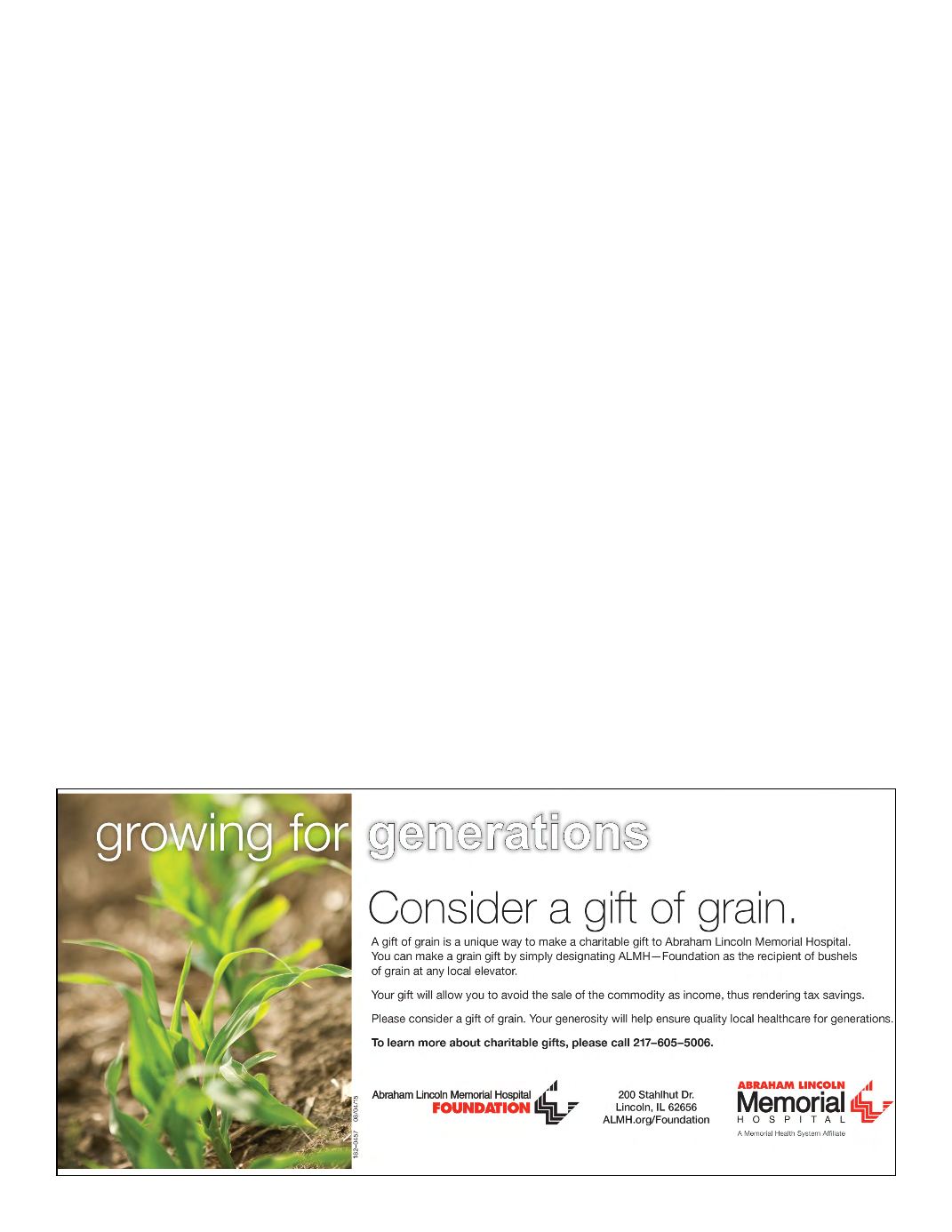

30
Oct. 27, 2016
2016 Logan County Fall Farm Outlook Magazine
Lincoln Daily News
These producers were also more likely to
have attended college than conventional
producers.
■ Most organic producers used mechanical
practices, such as tillage and cultivating for
weed control.
■ Organic corn and soybean producers more
often rotated row crops with small grain and
meadow crops and often included an idle year
in the rotation.
■ Experimental research on organic field
crop production has found similar yields and
lower per-acre costs from organic relative to
conventional field crop production.
■ Observational study of commercial organic
and conventional field crop production found
lower yields and mostly higher per-acre total
economic costs from organic systems.
■ As in much of the economic analyses using
experimental data, per-bushel operating costs
of organic relative to conventional systems
were similar in this study. However, the per-
bushel economic costs of organic production
were significantly higher because of the
higher per-acre costs and lower yields.
The economic costs of organic compared
with conventional production estimated in
this study were roughly between $83 and
$98 per acre higher for corn, $55-$62 per
acre higher for wheat, and $106-$125 per
acre higher for soybeans. These estimated
cost differences are all higher than those
suggested by the relative means.
Results of this study conclude,
“some
conventional farms may be able to earn
greater returns if transitioned to organic
production.
Researchers observed:
“adoption of the organic approach among
U.S. field crop producers remains extremely
low, the report surmised that, “perhaps a key
factor is that organic field crop production
is particularly challenging compared with
conventional production in achieving
effective weed control and crop yields.
“The processes involved with organic
certification can be complex and time-
consuming.”
Continued ►














